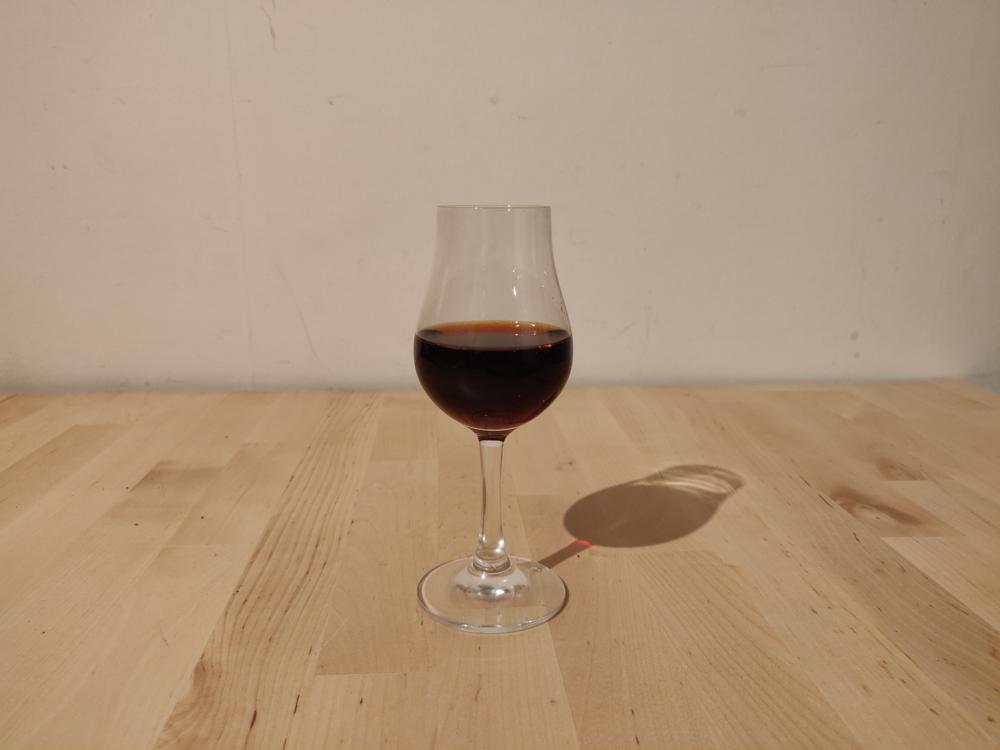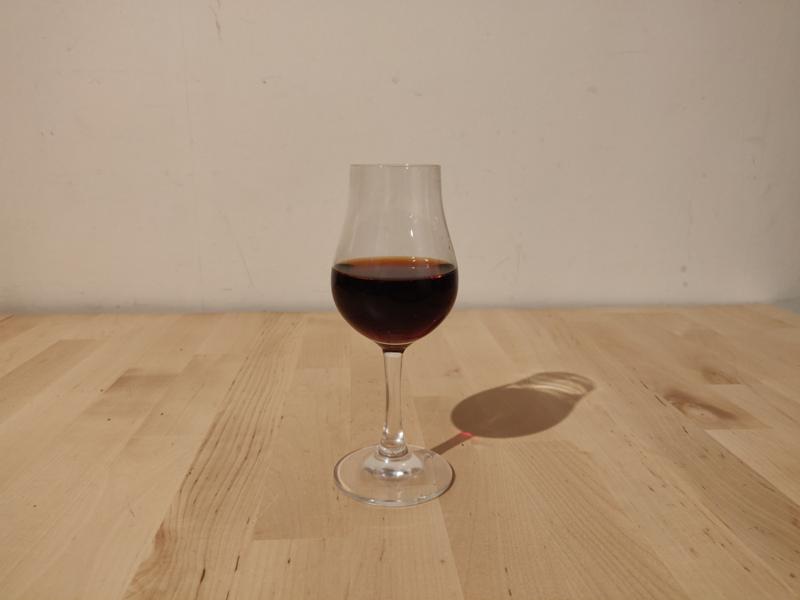Spirit caramel (E150a) in whisky
Published November 18, 2025
Contents

Most Scotch, and many Irish whiskies, are coloured with E150a (often called spirit caramel or plain caramel). This isn’t limited to blends-plenty of single malts use it too-making caramel colour one of the most debated topics among whisky fans alongside No Age Statement releases and chill-filtration. Within the caramel-colour family (E150a-d), E150a is Class I “plain caramel”-produced by heating sugars without ammonia or sulfites.
Why are whiskies coloured?
Whiskies are generally coloured for 2 reasons, for normalisation between batches and for marketing reasons. The former is known as colouring for normalisation and while not especially popular among hardcore whisky fans it is not intended to be deceptive. However whiskies are also coloured for cosmetic reasons, in part because darker whiskies are percieved as as older.
Consistency (“normalisation”)
Different casks (first-fill vs refill, ex-bourbon vs sherry) impart different hues. If a master blender optimises for flavour, batches may vary in colour. A small amount of E150a can harmonise appearance so successive vattings of the same whisky look consistent.
Marketing (“make it look older”)
Darker whisky reads as older. Some younger or No Age Statements(NAS) whiskies-especially blends-are tinted more heavily and can look darker than older age-stated siblings from the same distillery. Here the aim is cosmetic signalling, not flavour.
What is spirit caramel (E150a)?
Spirit caramel is a dark colouring formed mainly by caramelisation (thermal decomposition of sugars). That’s different from the Maillard reaction (sugars + amino compounds), which is responsible for bread crust flavours.
Classes:
- E150a - Class I, plain caramel (no ammonia/sulfites)
- E150b - Class II, sulfite-process
- E150c - Class III, ammonia-process
- E150d - Class IV, ammonia-sulfite process
High-strength spirits typically use E150a because it adds colour with minimal flavour impact.

Labelling and legality
- EU/UK: E150a is permitted in whisky. Full ingredient lists aren’t required for spirits, but some countries (e.g., Germany) require a statement such as “mit Farbstoff: Zuckerkulör” on the label.
- Scotland & Ireland: Allow the use of E150a.
- United States: Straight whiskey and bourbon are not permitted to contain colouring; some other categories (e.g., certain blends) may allow additives under specific rules.
- Japan: Under the voluntary labelling standards set by the Japan Spirits & Liqueurs Makers Association, the use of plain caramel coloring (E150) is permitted in products labeled as “Japanese whisky”. These standards, only became effective on April 1, 2024 but are voluntary. At this time there is no legal protection for what constitutes a Japanese whisky.
- Elsewhere: Regulations vary; check local labelling and producer tech sheets.
Does Every Country Colour Whisky?
No-rules differ. Scotland and Ireland permit E150a; the US prohibits it in straight whiskey and bourbon but allows additives in some other categories. Many producers voluntarily commit to natural colour even where colouring is legal.
Popular whisky brands that don’t use caramel colour
The following list of whisky distilleries now completely dispense with colouring, producing whiskies without adulteration:
- Arran
- Balblair
- Benriach
- Bruichladdich
- Edradour
- Glenallachie
- Glendronach
- Glenfarclas
- Glenglassaugh
- Glengoyne
- Glengyle
- Glen Scotia
- Highland Park
- Kilchoman
- Macallan
- Springbank
- Tamdhu
Most independent bottlers such as Signatory and Gordon & MacPhail also offer whisky without whisky colouring as standard.
Can you taste caramel in whisky?
No, spirit caramel cannot be discerned as a distinct taste within whisky however a number of taste tests have concluded that it is possible to discern a change in the taste of a whisky, or at least its mouthfeel. Put simply there is not a caramel taste that is recognisable among whiskies, instead repeated tests have demonstrated that it is possible to identify a whisky which contains caramel, from a line up of otherwise identical drams without.
How Does Spirit Caramel Taste?
While the name suggests sweetness in reality spirit caramel is very bitter. The addition of caramel color does not make whisky sweeter, nor even more bitter but has a rounding effect on the spirit.
Is E150 Safe?
Yes, E150A caramel is considered harmless and is permitted for all foods that may contain additives without maximum quantity restrictions. Exposure to the caramel components THI (2-acetyl-4-tetrahydroxybutylimidazole), 4-MEI (4-methylimidazole) and SO2 are considered harmless. For 5-HMF (5-hydroxymethylfurfural) and Furan, the specifications may require limitation in future. Ammonium sulphite caramel (E150D) is known to cramp and lowers the number of white blood cells in high concentrations and so cannot be used.
The Controversy of Coloured Whisky
In the past whiskies were by no means uncoloured, even if sold as they came out of the barrel as these had often been treated in some way, paxarette being a popular example. Likewise any argument to past process is inherently misguided as the whisky drunk today differs significantly from those laid down in decades past. It can also be taken as granted that consumers expect their whisky to be brown, and so whisky colouring for the mass blended market is understandable and probably forgivable. Though may still be an objectionable practice if that usage exceeds normalisation. If that practice continues to whiskies as a promotion of percieved quality it is certainly far worse.
The Deception of Whisky Colouring
Regardless of the disputed change to the taste of whisky, the criticism of whisky colouration with caramel is entirely justified while distilleries themselves continue to promote the colour of their whisky as an indicator of quality. If the colouring of whisky is an admitted cosmetic change then to tell consumers to evaluate the whisky based on coloured is to actively deceive them. Do away with the color evaluation and the practice, although no longer openly dishonest, remains disengenous.

